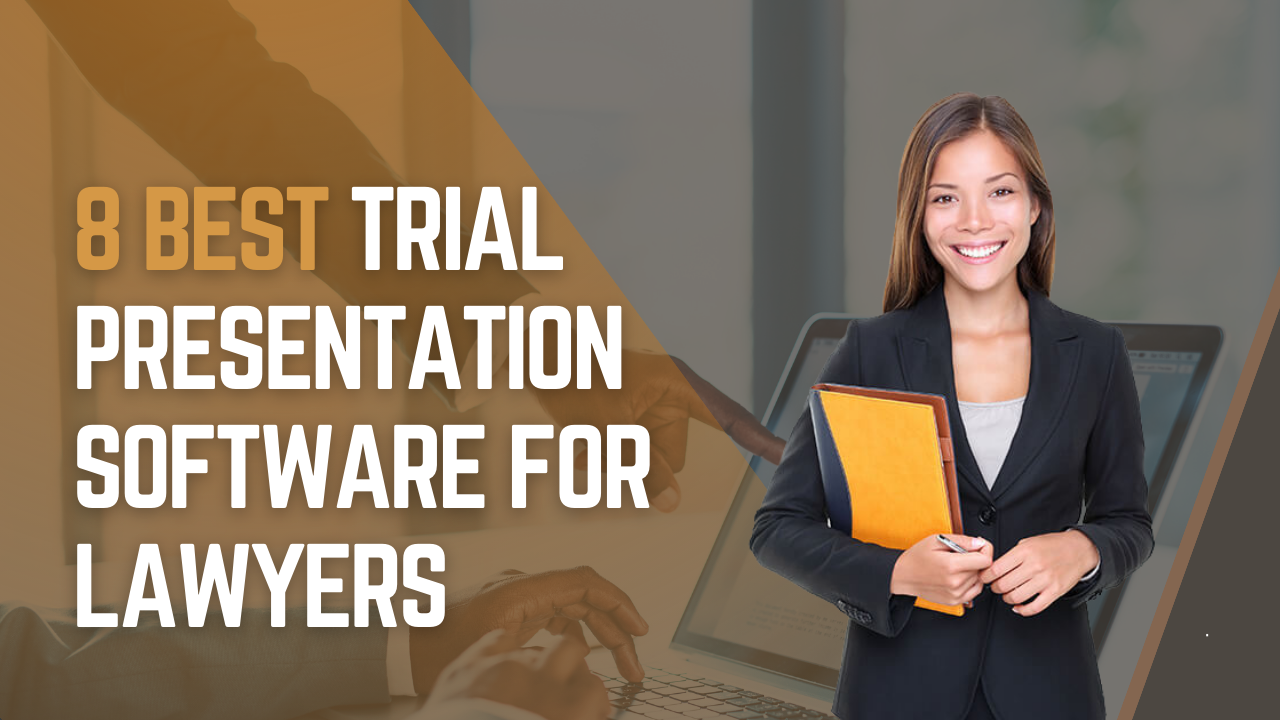Navigating the Complexities of Test Presentations: Tips for Seamless Delivery and Compelling Disagreements
In the realm of legal procedures, the art of trial presentation stands as a vital factor of success. The complexities fundamental in trial discussions call for a fragile equilibrium of method, ability, and skill.

Recognizing Trial Goals
To efficiently browse a test, it is crucial to have a clear understanding of the objectives that need to be accomplished. Prior to entering the courtroom, legal teams need to specify their objectives and wanted outcomes. These objectives serve as assisting concepts throughout the test, forming approaches and affecting decision-making procedures.
Understanding trial objectives involves an extensive analysis of the situation, legal precedents, and the client's benefits. Trial Presentations. It needs a careful assessment of the truths, determining crucial problems, and expecting prospective difficulties. By setting measurable and specific goals, lawyers can customize their disagreements and presentations to align with the wanted outcomes
Additionally, a clear understanding of trial objectives enables legal teams to prioritize evidence, witnesses, and lawful disagreements efficiently. It enables the development of a systematic story that reverberates with the discretionary, strengthening the total situation presentation.

Organizing Proof Successfully
Having a clear understanding of test goals lays the foundation for arranging proof successfully in legal proceedings - Trial Presentations. By aligning the discussion of evidence with the desired outcomes of the test, legal teams can reinforce their disagreements and boost their persuasiveness. One vital element of organizing proof is categorization. Grouping proof based on themes or importance to certain legal components can assist improve the discussion and make complicated information extra absorbable for the judge or court.
An additional crucial element in organizing proof effectively is developing a rational circulation. Providing proof in a sequential and meaningful fashion can assist construct a compelling story that supports the legal debates being made. Additionally, making use of visual aids such as timelines, graphs, or graphes can even more boost the organization of evidence and aid in clarifying complicated partnerships or series of events.
Moreover, making certain that all evidence provided is permissible and relevant to the instance is important. Pointless or inadmissible evidence can detract from the stamina of the disagreement and possibly site here damage the reliability of the presenting party. A thorough testimonial and option procedure need to be undertaken to include just the most legitimately audio and impactful proof in the test discussion.
Crafting Convincing Narratives
Crafting find out here now compelling narratives plays an essential function in presenting convincing arguments throughout legal proceedings. When building a narrative for a test presentation, it is crucial to develop a clear storyline that highlights crucial points and attaches them in a coherent fashion. By weaving together proof, testimony, and lawful arguments right into a persuasive and natural story, legal specialists can efficiently support for their clients and boost the likelihood of a desirable outcome in the court.
Mastering Visual Help
Effective use aesthetic aids is essential to boosting the impact and clearness of test learn the facts here now discussions. Visual aids, when made use of strategically, have the power to simplify complicated details, reinforce crucial factors, and leave a lasting perception on the court and court. To understand visual aids in trial discussions, it is crucial to guarantee that they are clear, concise, and pertinent to the debates being made.
When incorporating visual aids, such as charts, charts, pictures, or timelines, right into a test discussion, it is essential to keep them visually appealing yet professional. The visuals ought to match the spoken disagreements, supplying a graph of the details being reviewed without frustrating the target market with unneeded information.
Additionally, experimenting the aesthetic aids in advance is necessary to make certain a smooth shipment throughout the trial. Familiarizing oneself with the content, transitions, and timings of each aesthetic help can assist preserve the flow of the presentation and prevent technological problems that might develop.
Providing Impactful Closing Arguments
A compelling closing debate serves as the culmination of a test discussion, encapsulating the core story and convincing the court and jury in the direction of a beneficial choice. Begin by describing the major arguments that sustain your client's setting, stressing why the evidence offered throughout the trial sustains your story.
In addition, integrating psychological allure can better strengthen your closing argument. Eventually, a well-crafted closing disagreement need to leave a long-term impression, compelling the judge and jury to rule in your client's favor.
Conclusion
In final thought, grasping trial presentations includes comprehending goals, arranging evidence, crafting narratives, using visual aids, and delivering impactful closing arguments. By executing these techniques efficiently, attorneys can provide their case perfectly and make compelling arguments in the courtroom. It is crucial to browse the intricacies of test presentations with precision and skill to attain success in lawful procedures.
By lining up the presentation of proof with the wanted results of the trial, legal groups can enhance their disagreements and enhance their persuasiveness (Trial Presentations). To master aesthetic aids in trial discussions, it is critical to make sure that they are clear, concise, and relevant to the debates being made
An engaging closing argument offers as the end result of a trial discussion, enveloping the core narrative and encouraging the judge and jury in the direction of a positive decision. Begin by laying out the primary arguments that sustain your client's placement, highlighting why the evidence offered throughout the trial sustains your narrative.In verdict, grasping trial discussions involves recognizing objectives, arranging evidence, crafting stories, using aesthetic aids, and supplying impactful closing disagreements.
Comments on “Leading Techniques for Creating Impactful Trial Presentations in Courtroom Settings”